So you’re not sure what to go with, olympic or standard weights. Here’s everything you need to know.
Table of Contents
Olympic Bar vs Standard Bar
What you’ll see right away is olympic bars are thicker on the ends, because they have a sleeve that rotates over the shaft. But that’s just one of many differences when you take a closer look at them in person.
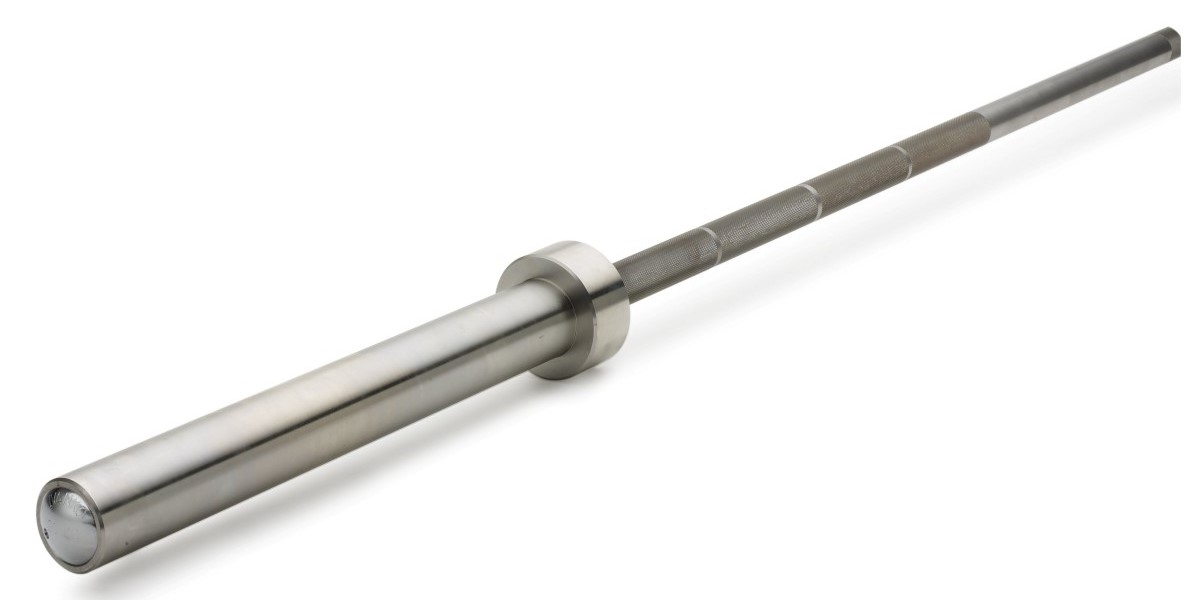
Standard bars are exactly 1″ in diameter throughout the whole length (besides the shoulders that stop the weight plates). They are made to take standard weight plates.
Standard bars weigh 13 to 19 lbs or so. That’s for solid steel ones. Special “cardio” bars are hollow, only 5 lbs, and are not meant to take much weight.
Olympic bars are just over 1″ diameter in the center shaft area, or just a tad larger than standard bars, and then they are nearly 2″ diameter on the ends (actually 1 31/32″, or 50mm). As such, they will only take olympic weight plates, which have 2″ diameter holes. These actually can also be divided up into olympic weightlifting and powerlifting bars, or even further, but they are often just called olympic bars.
Olympic 7ft bars are supposed to weight 45 lbs or 44 lbs (20kg). There are cheaper 7ft bars that weigh less and are very low quality. Shorter olympic bars, 5ft or 6ft, may weigh as little as 29 lbs. “Technique” bars are hollow or aluminum and a good choice for sticking with olympic weights but at a low starting weight as low as 10 lbs.
One of our most popular guides presents the best olympic bars under $200.
BWTB also has this blog post on barbells from a Crossfit perspective that you should check out.
Specialty Bars
While there are standard curl bars and a couple other types, most specialty bars like the Rogue multi grip bar shown below are only found in olympic sizes. There is much more demand for specialty bars from the serious weight training crowd who only use olympic weights.
Olympic Weight Plates vs Standard

Both types can come in a variety of styles.
Both types are generally all made of the same cast iron, other than the solid rubber olympic bumper plates, and then covered with a baked-on enamel paint or a rubber or urethane coating.
Typical standard plates are the “pancake” shaped plates with rounded edges.
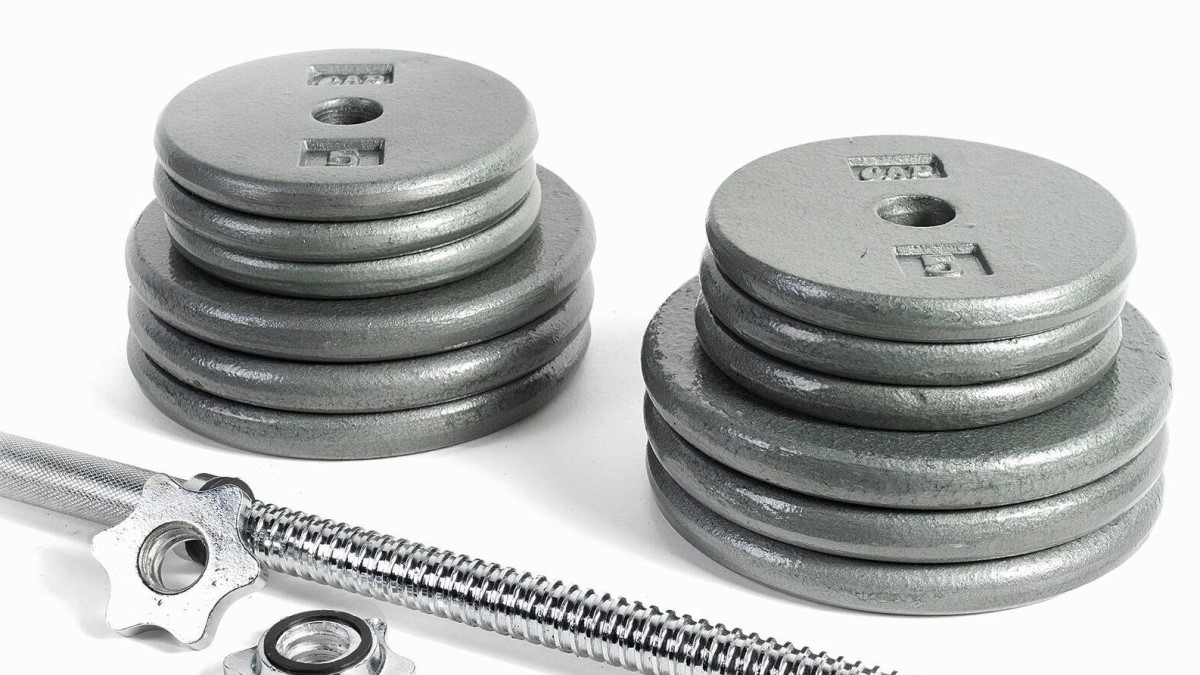
Standard plates consist these sizes: 1.25lb, 2.5lb, 5lb, 10lb, 12.5lb, 20lb, 25lb, 50lb. The center holes are just over 1″ diameter to fit on a standard bar.
Olympic plates come in more styles, like the below “grip plates”, ie: with holes to help you grip for easier and safer handling.
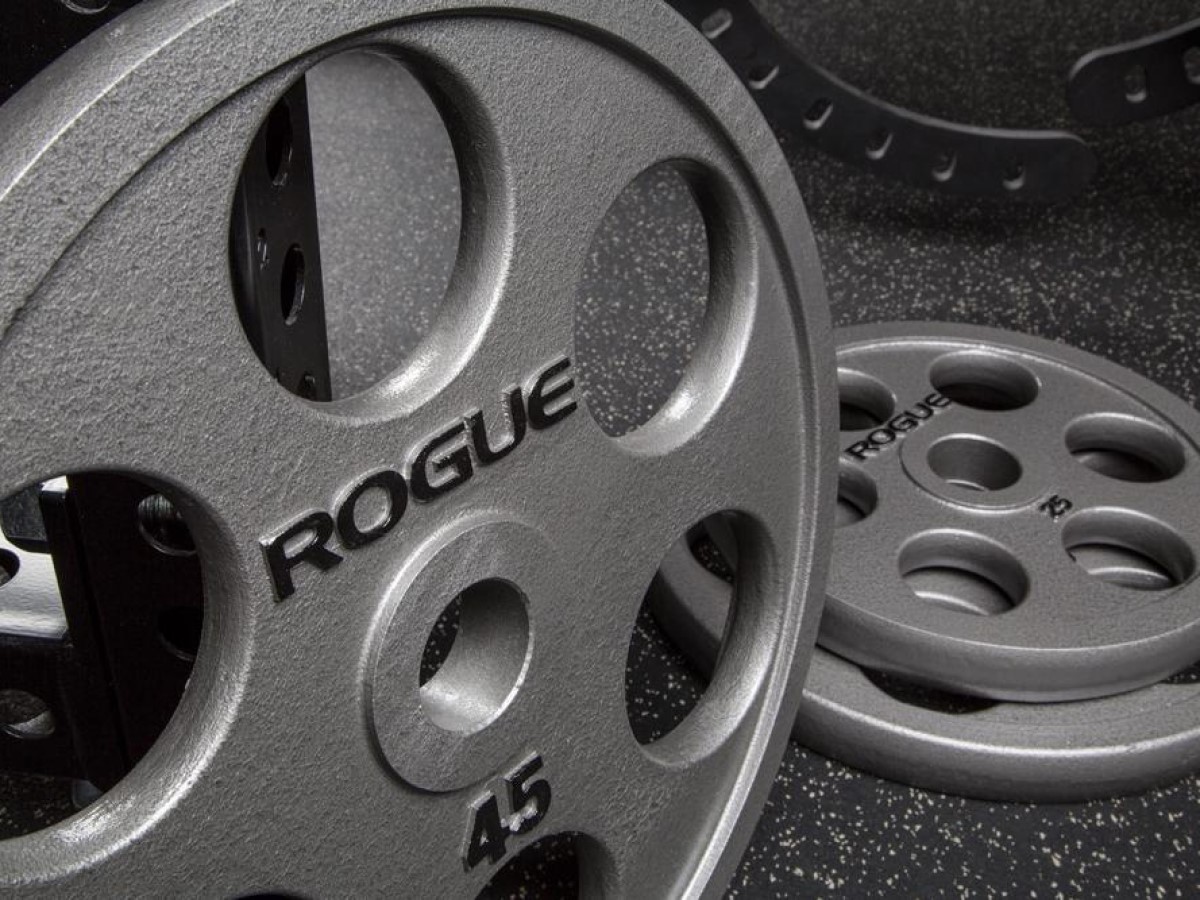
Olympic plates come in pound or kilogram sizes, but in the US most are converted roughly from kilogram sizes to pounds, as per the table below. 1 kg = 2.2 lb.
| kilograms | rounded to pounds |
| 1 | 2.5 |
| 2.5 | 5 |
| 5 | 10 |
| 10 | 25 |
| 15 | 35 |
| 20 | 45 |
This is why olympic plates come in strange sizes like 25, 35 and 45lb.
Plate Diameter and Thickness
With the way standard plates come in the smooth pancake shape, along with their smaller holes, they are the thinnest style.
Here’s the standard “pancake” style plate size compared to the thinnest olympic plate.
| Weight | Standard Plate Diameter | Olympic Plate Diameter | Standard Plate Thickness | Olympic Plate Thickness (minimum) |
| 1.25 lb | 3.94″ | 0.44″ | ||
| 2.5 lb | 4.94″ | 6.38″ | 0.56″ | 0.44″ |
| 5 lb | 6.44″ | 8.06″ | 0.69″ | 0.56″ |
| 7.5 lb | 7.44″ | 0.75″ | ||
| 10 lb | 8.19″ | 9.13″ | 0.81″ | 0.81″ |
| 12.5 lb | 8.94″ | 0.88″ | ||
| 20 lb | 9.88″ | 1.13″ | ||
| 25 lb | 11.38″ | 11.0″ | 1.06″ | 1.31″ |
| 35 lb | 14.5″ | 1.88″ | ||
| 45 lb | 17.75″ | 1.88″ | ||
| 50 lb | 14.5″ | 1.19″ | ||
| 100 lb | 17.75″ | 2.5″ |
Why Olympic Weights are the Best
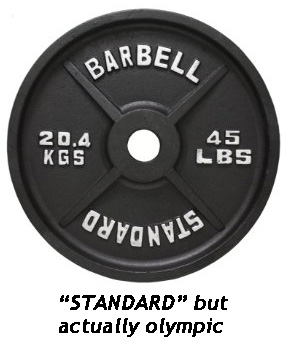
Frequently the run-of-the-mill Chinese olympic plates will have raised lettering that says “STANDARD”, just to confuse you. They started doing this many years ago. Why stop now? Regardless, if they have 2″ holes we call them olympic, and you should too.
- Strength
Standard bars will start flexing pretty severely somewhere over 200 lbs and will likely develop a permanent bend. In contrast, even cheap olympic bars have a higher load capacity, and high quality olympic bars are made with good steel to hold up to just about any normal use. They will flex under load but will return to straight. - Accuracy
Certain models of olympic weights are quality controlled for precise weight. A small inaccuracy isn’t likely to matter much with a single plate, but with several plates loaded on one side of a bar, those differences can add up, throwing off your numbers or even the balance of the weight on each side. It’s nice to be able to have an accurate log from one day to the next of how much you’re really lifting. - Stability
Olympic bars are thicker and heavier on the ends and are much more difficult to tip over due to unbalanced weight when loading heavy plates while the bar is racked. You can easily load a 45lb plate without worrying about it tipping, whereas on a standard bar, good luck. - No torque
Olympic bars have revolving ends, or sleeves, so that there is no added torque while performing certain exercises such as snatches or cleans where the bar needs to rotate quickly.
It helps for other movements where your grip will just slightly want to rotate – though you may not realize it – as your position changes during the range of motion. - Rack compatibility
Power racks and olympic-width racks on bench press units are made to take 7ft bars. They’re about 48″ wide, and olympic 7ft bars measure about 52″ long between the shoulders, so they fit with enough room to spare. Standard bars in most prepackaged barbell weight sets are only 5 ft or 6 ft long and are not going to fit on these. - Thickness
The middle portion of the bar, or shaft, is a slightly larger diameter on olympic bars. A standard bar is typically 25mm (1″ exactly), while olympic bars normally range from 28mm (1.1″) to 32mm (1.25″). There are also special 25mm women’s bars. Thicker bars are more desirable for doing pressing exercises like the bench press or overhead press. Thinner bars are better for heavy pulling exercises like the deadlift. - Bar Options
There are features that vary across different olympic bars that are a preference issue, depending on what exercises you perform with it and what feels best to you. The depth of the knurling makes a big difference in how easy it is to hold onto for heavy pulling exercises. The coating affects that too. The rotation of the sleeves can be ultra-sensitive or not. Several other things can make a difference too. - Plate Options
You can choose from a variety of plates with grip holes or urethane or rubber coatings. You can find some different styles of standard plates, but urethane plates and bumper plates only come in olympic sizes.
Why You Might Use Standard Weights
- Budget Shopping
Standard bars are lower priced and are lighter to ship. The weight plates cost about the same as olympic for basic cast iron models that aren’t calibrated or machined. - Light Weight Training
Lighter bars mean a lighter starting weight for people new to lifting weights. However, you can easily get lighter olympic bars for this purpose. - Adjustable Dumbbell Handles
Most standard dumbbell handles (14″) are shorter than olympic (18″). The 18″ are a bit cumbersome, such as when you’re doing presses and want to clink the ends together at the top of each rep. Or you’ll knock yourself in the temple if you’re not careful. The 14″ are easier to use and can hold up to about 80 lbs each, using 10lb plates. To hold more, you might opt for the 16″ standard dumbbell handles as a compromise.
There’s another reason for these: Standard dumbbell handles have threaded ends to take the included spin-lock collars, which spin on like a nut onto a bolt, and secure really well against a rubber O-ring. This means the collars can’t possibly slip off suddenly, the way traditional collars held on purely by compression can. They would have to come loose and start spinning off, which you have plenty of warning for and simply won’t happen if you make sure they’re tight before your set. That’s nice when you have them over your face and want to feel safe.
So it isn’t unusual for people who use entirely olympic weights to get a set of standard dumbbell handles and plates to use with them. - Pro-Style Dumbbells
Sort of like the above, but these utilize special dumbbell handles that are each sized for a certain weight, made to be permanently assembled (not quickly adjustable) as an alternative to a set of solid dumbbells. Because these are sized to fit a specific number of plates, the ends won’t stick out and poke you. - Weight Machines
A lot of “home” grade weight machines that take freeweight plates (rather than the pin-select weight stack) have 1″ diameter holes on which standard plates will best fit. You can use olympic plates on these, but you’ll either have to put up with them hanging/wobbling a bit or get some olympic adapter sleeves. Think twice about getting any machines that take standard plates. In most cases they are low quality and won’t feel nearly as good as a commercial grade unit. - Group Cardio Training Classes
Popular classes such as BodyPump and RIP all use standard weights. They actually use a special 4.5ft standard bar that weighs only 5 lbs, and add on rubber coated plates as needed. See the cardio barbells for the bar and plates used for this.
Olympic weights are by far the most commonly used by gyms, pro athletes, powerlifters, bodybuilders, high schools, colleges and universities, as well as a large number of home gyms. It’s the way to go if you’re unsure, but the above are important exceptions.
Olympic Lifting
The whole reason they’re called olympic is because they are the type used in the Olympic Games for the “clean and jerk” and the “snatch”, the two olympic weightlifting competition lifts. Nowadays most athletes perform those two lifts with bumper plates, which are olympic plates made with solid rubber instead of iron (though with a steel hub), to help cushion the blow when dropped from overhead. So bumper plates are one type of olympic plate, but everything else with 2″ holes are still considered olympic plates too.
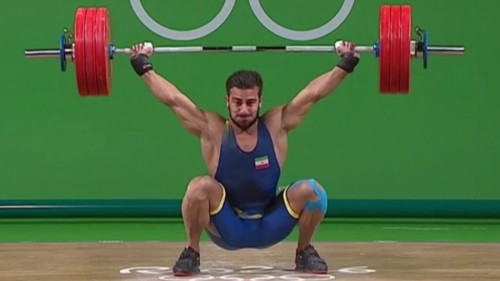
Quality Matters – Watch Out for Bad Olympic Weights
In a perfect world, all olympic plates and bars would be the same size and would work together perfectly. That isn’t always the case.
You can’t really fit a 2″ rod into a 2″ hole. Good olympic bars have 49.8mm-50mm (1 31/32″) sleeves. The center holes in good olympic plates are just slightly larger than 50mm, such as 50.4mm or 50.8mm (exactly 2″).
But what happened at some point was manufacturers started making olympic plates with holes a little larger than 2″. That way plates with casting defects in the holes would still fit the bars, or else bars with bad sleeve sizing would still take the larger-holed plates. So they have a very sloppy fit, which is annoying for any type of lift you do off the floor, such as deadlifts, cleans or snatches, because you have to pull the slack out.
This is kind of a chicken-or-egg situation, so I don’t know exactly how it happened, but at about the same time, cheaper bar manufacturers started making their bar sleeves 2″ diameter, maybe because they decided to round up to 2″ and didn’t understand it was supposed to be 50mm, a little less than 2″. That worked out fine for their own weight sets, but then customers wanted to fit higher quality “snug” plates on the cheap bar and found they were so tight they got stuck.
Most plates we sell, and the olympic bars, are made for a snug fit. One exception is our “Economy” plates that are clearly described on the product page as being a more sloppy fit than normal. York plates also all have a sloppy fit, which they didn’t always do but started doing at some point this century in reaction to this issue, which personally I think was a bad move because now all their newer plates aren’t as good as others. For any of these plates with big holes, we’re talking about a good 1/8″ to 1/4″ of slop. Basically all other brands, including Troy, Rogue, Intek, etc, are all snug. York’s bars, on the other hand, actually are made very precisely to 50mm. It’s just their plates that are made larger.
As I recall, two of our customers had a low-quality bar that had at least one slightly oversized sleeve that wouldn’t take the plates we sold them. As of writing that hasn’t happened in several years, so it seems to be like that problem is going away. Olympic weights have gotten more and more popular for users setting up home gyms in their garage, and that kind of wider use helps to work out quality issues like this.
Some fitness equipment retailers are ignorant of this whole issue and just assume olympic is olympic, and they get confused if you try to tell them the fit is too sloppy or too tight on the equipment you bought from them. This is why it’s important to do your shopping with a company that understands what they sell.
Have you run into situations where plates didn’t fit? Share your comments below!

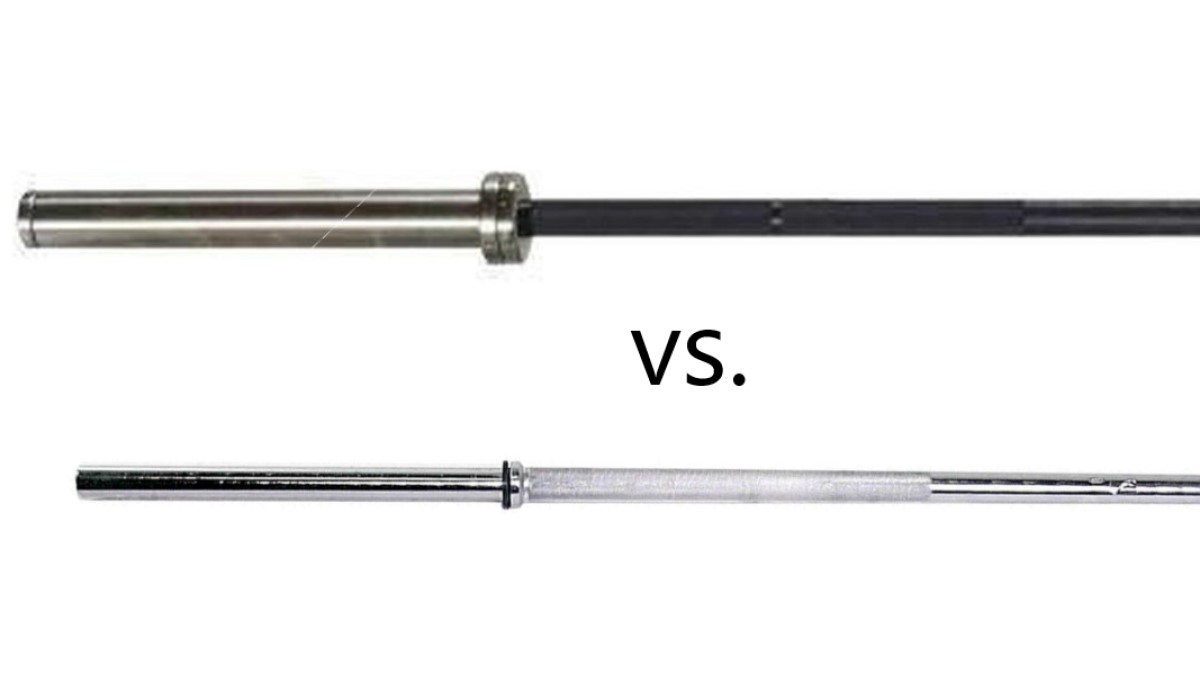
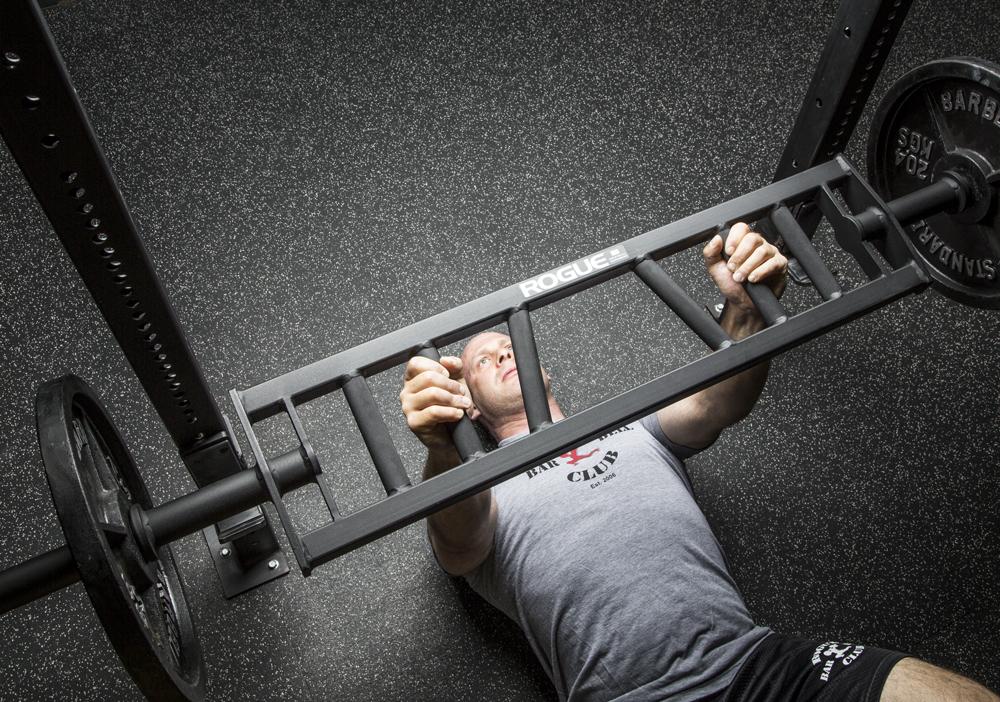
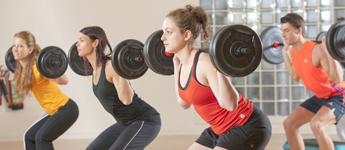
Olympic size bars and weights are the best way for men to increase weight. As a woman, my best bench was 170 lbs. I doubt I’ll bench more. One inch standard weights work fine for our home gym.
Standard weights are good to have (in addition to Olympic plates) ……to go on a plate loaded lat pull down machine, a calf machine, etc
Ah, another good use! Yep, most “home” grade machines have standard plate pegs. I’ll add that to the article soon.
Thanks for the post!
A few months ago I bought my first Olympic weight set (barbell included) and although I knew the differences, I must say that I really wasn’t upset with my choice (not to choose standart weights).
I have USA sports Olympic weight set (as I started to practice CrossFit at home). And I think it’s the best from the market (if you think about price and quality). Of course, I didn’t made the decision in one day but I reviewed different products. I really recommend you to review products before buying, because you know, it’s money..